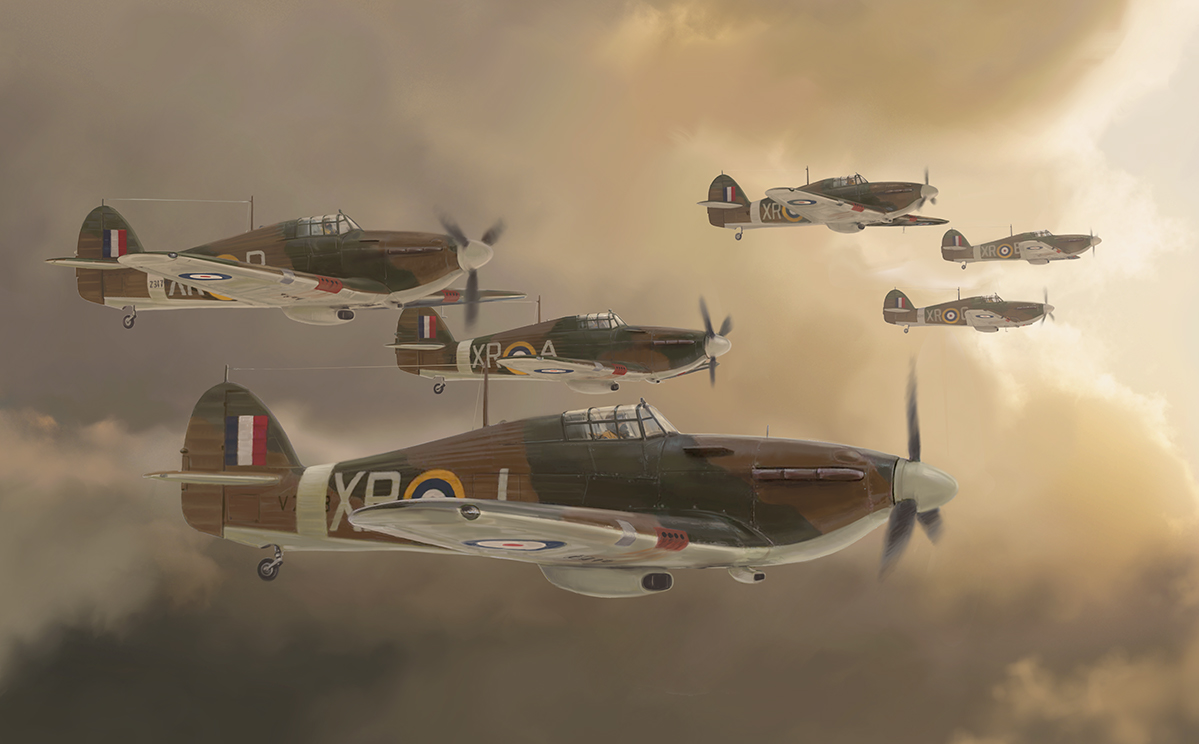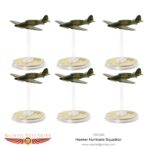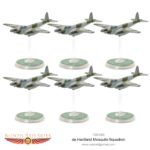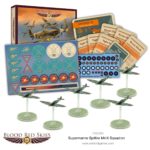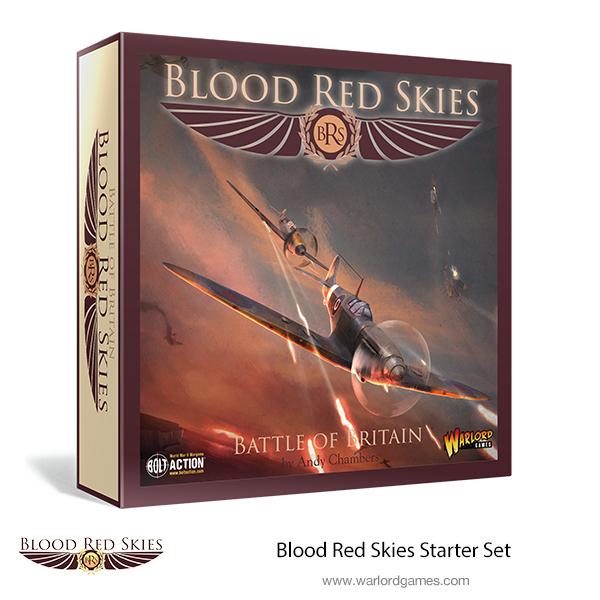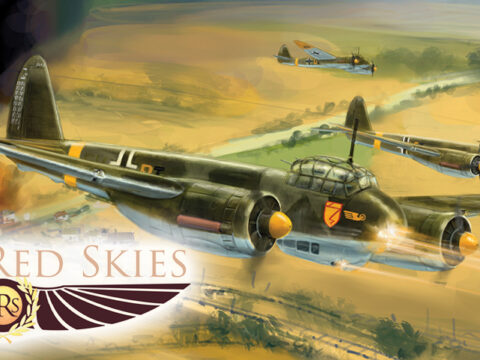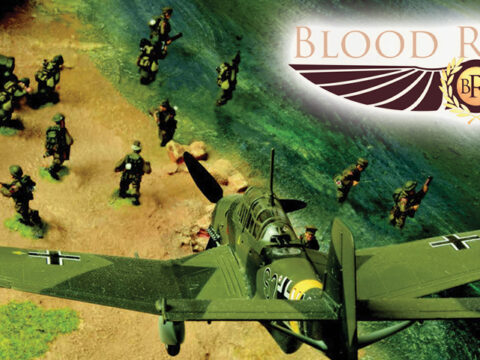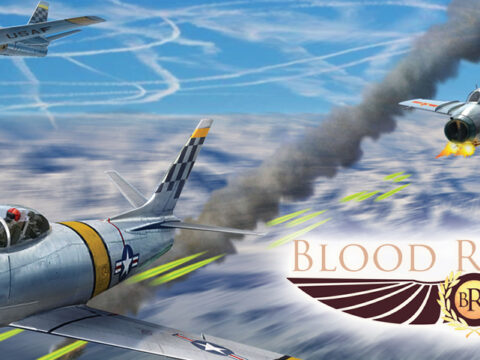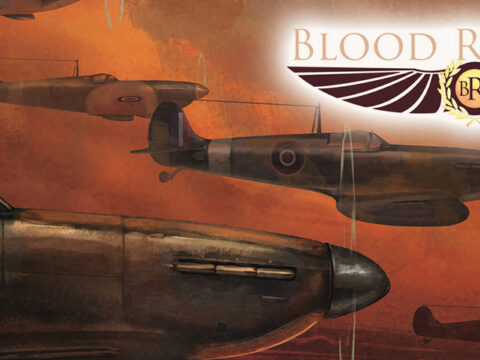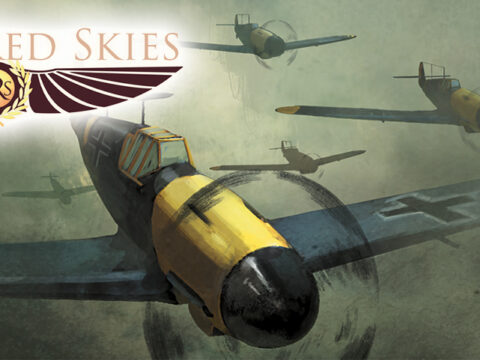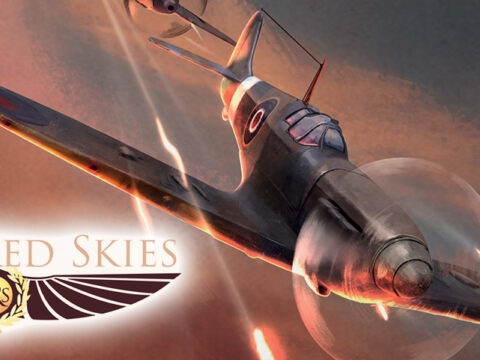Dive back into Blood Red Skies with a brief look at the Royal Air Force – join the “few” and help defend the sceptered isle from the marauding Luftwaffe!
Never in the field of human conflict was so much owed by so many to so few.” – Winston Churchill
Formed from the amalgamation of the illustrious Royal Flying Corps and Royal Naval Air Service, the RAF built on the achievements of its First World War predecessors to form the first independent air force – utilising its skills to police the British Empire during the inter-war period, before being swept up in the maelstrom of the second world war.
In the early 1940s, the RAF received its first baptism of fire against the German Luftwaffe during the Phoney War and Battle of Britain. Despite facing off against technologically superior aircraft, the RAF’s pilots triumphed against all the odds, preventing the Germans from achieving air superiority over the British Isles and forestalling an amphibious invasion.
Successive designs of more powerful Spitfire and innovations in strategic and tactical doctrine allowed the RAF to secure the skies over Europe and dominate battlefields in the Mediterranean and the Far East. Flights of droning Lancaster bombers pounded industrial targets in occupied Europe, while swarms of fighters duelled their Axis counterparts.
With the entry of the United States into the war, the RAF began cooperating closely with their transatlantic counterparts, first over Tunisia, and then over France during the D-Day campaign and the final liberation of Europe. By the end of the war, the RAF remained one of the world’s finest air forces, sporting cutting-edge jet fighters and some of the finest airmen ever to take to the skies.
Notable Aircraft
- Hawker Hurricane Mk.II
- Supermarine Spitfire Mk.I
- Supermarine Spitfire Mk.IX
- DeHavilland Mosquito
- Bristol Beaufighter
Notable Pilots
- Douglas Bader
- Pierre Closterman
- Johnny Johnson
- Pick Pickard
- Witold Urbanowicz
- Bob Braham


